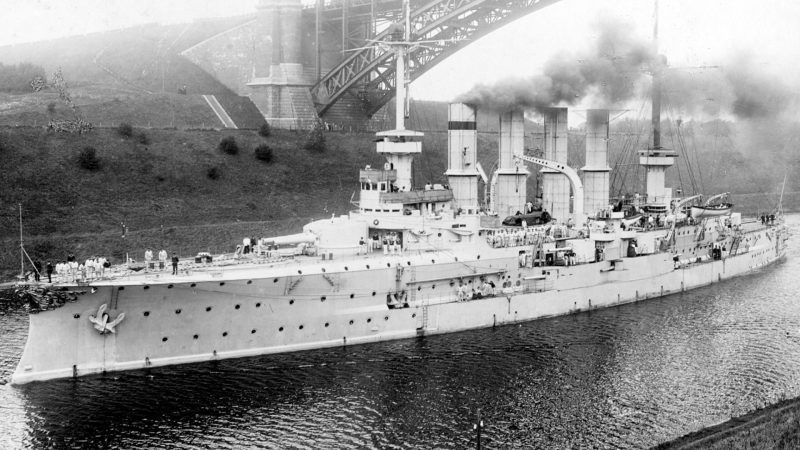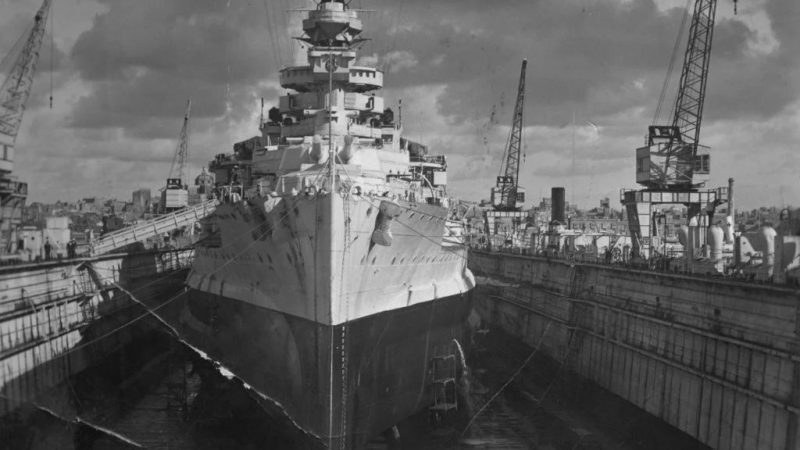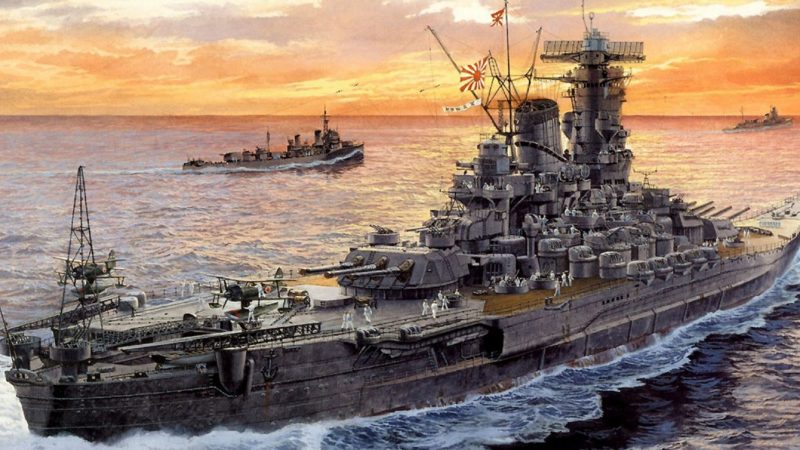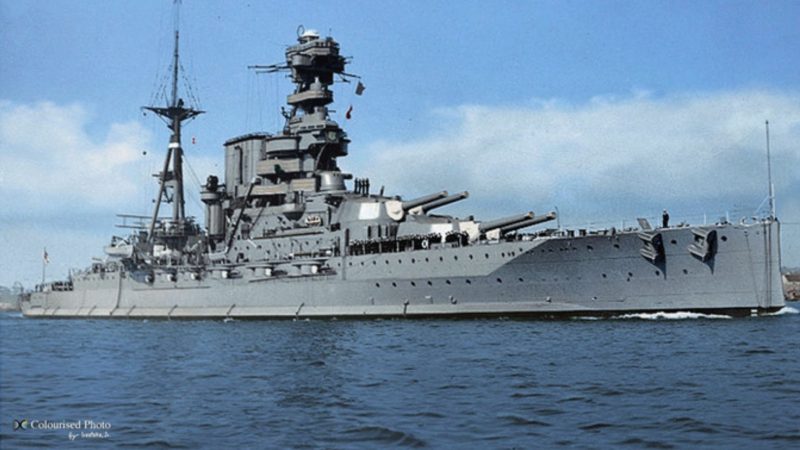Legendary Showdown: The Rise and Fall of the German Pocket Battleship ‘Admiral Graf Spee’ (1937)
In the turbulent seas of the late 1930s, the German pocket battleship Admiral Graf Spee stood as a formidable force. Launched in 1934 and commissioned in 1936, it represented a breakthrough in naval engineering. With a sleek design, fast speed, and powerful guns, the Admiral Graf Spee was built to outgun smaller ships while outrunning larger, more heavily armed vessels. It embodied Germany’s strategy to challenge the naval supremacy of Britain and France without violating the restrictions imposed by the Treaty of Versailles.

A Naval Marvel
The Admiral Graf Spee was a masterpiece of naval innovation. Classified as a “pocket battleship” due to its displacement size, it combined heavy firepower with maneuverability. Its 11-inch main guns could strike targets at a range far beyond many of its adversaries, making it a dangerous opponent in open waters. Equipped with six 11-inch guns and eight 5.9-inch secondary guns, the ship boasted firepower that rivaled many traditional battleships, but with a much smaller profile.
Its diesel engines also allowed for greater operational range, capable of crossing vast distances without refueling—a crucial advantage for long-range operations. The ship’s speed, reaching up to 28 knots, gave it the ability to engage or disengage from combat at will, dictating the terms of battle.
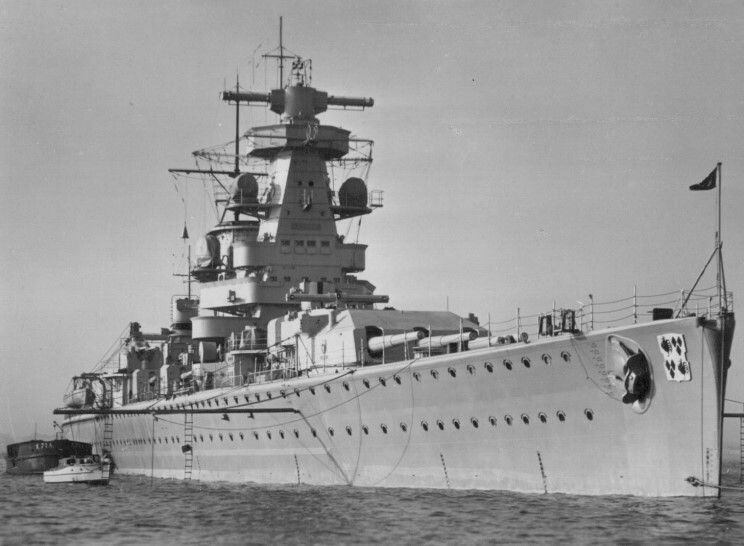
The Battle of the River Plate
The Admiral Graf Spee became internationally famous during its involvement in one of the first major naval battles of World War II: the Battle of the River Plate in December 1939. Under the command of Captain Hans Langsdorff, the ship had been prowling the South Atlantic, sinking Allied merchant ships and disrupting critical supply routes. Over the course of three months, it sank nine merchant vessels, sending shockwaves through Allied naval forces.
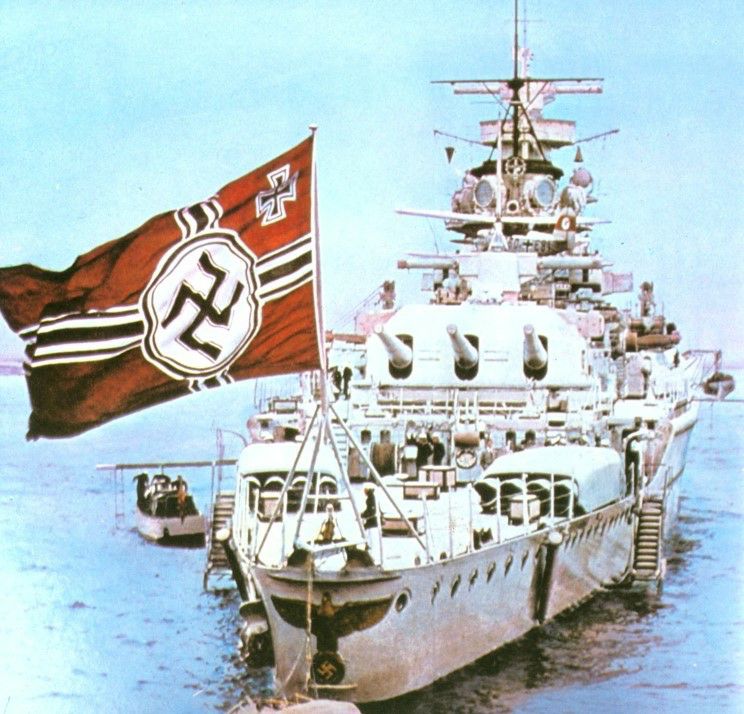
However, its reign of terror came to an end when it encountered a British hunting group off the coast of Uruguay, consisting of the heavy cruiser HMS Exeter and two light cruisers, HMS Ajax and HMNZS Achilles. Despite being outnumbered, the Admiral Graf Spee inflicted significant damage on the British forces. But after a grueling battle, the German vessel was forced to retreat into the neutral port of Montevideo.
The Dramatic End
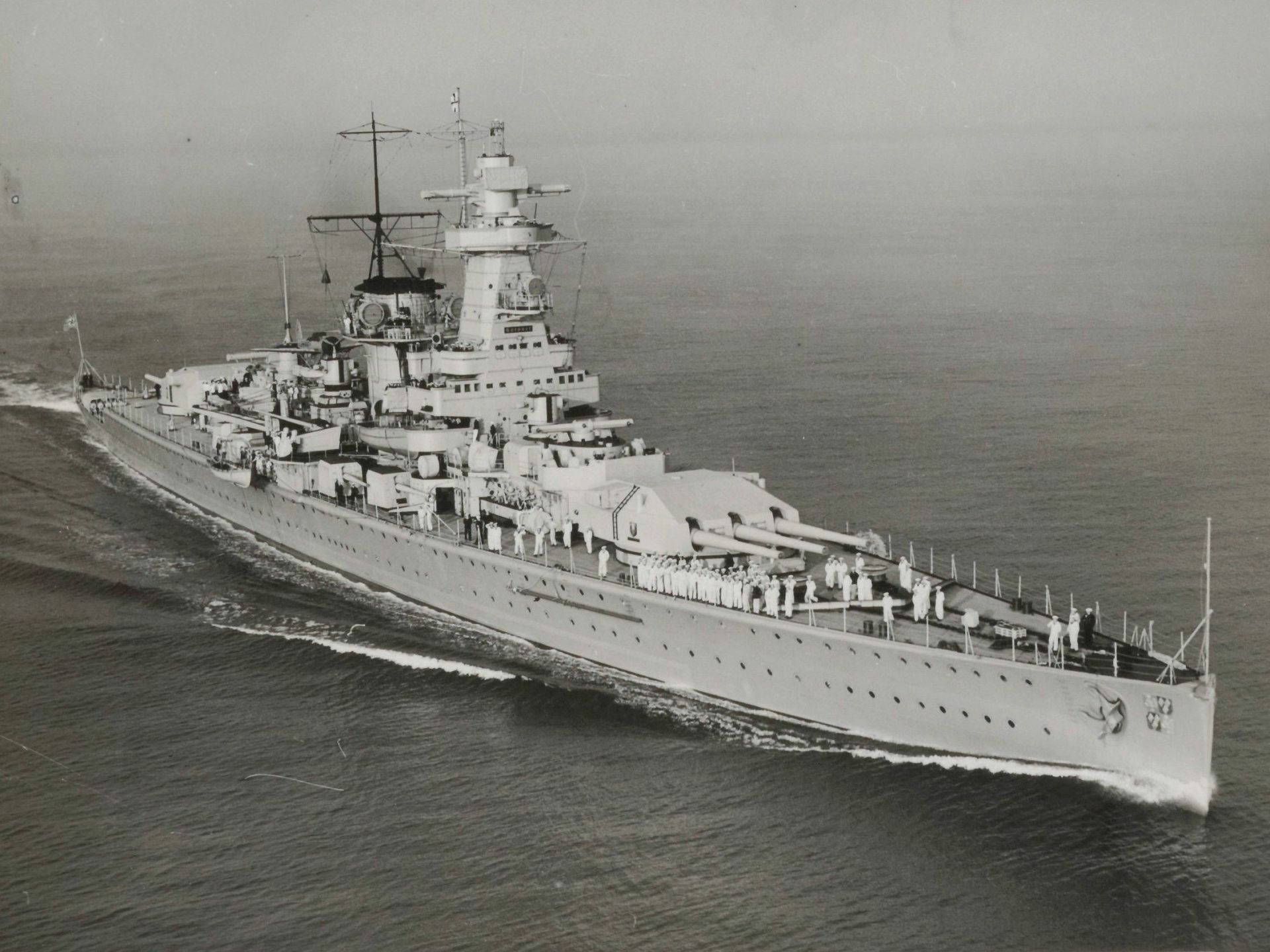
International law allowed the Admiral Graf Spee only 72 hours to remain in Montevideo, putting Captain Langsdorff in a difficult position. British forces were waiting outside the port, ready to strike if the ship made another attempt to break out. With few options left and misinformation about the size of the British forces waiting for him, Langsdorff made the dramatic decision to scuttle his ship rather than allow it to fall into enemy hands.
On December 17, 1939, the Admiral Graf Spee was scuttled just off the coast of Montevideo. Captain Langsdorff and his crew evacuated, and the once-feared pocket battleship sank into the waters, marking the end of its brief but storied career. Days later, in an act of loyalty to his men and duty, Langsdorff took his own life, a tragic conclusion to a naval legend.
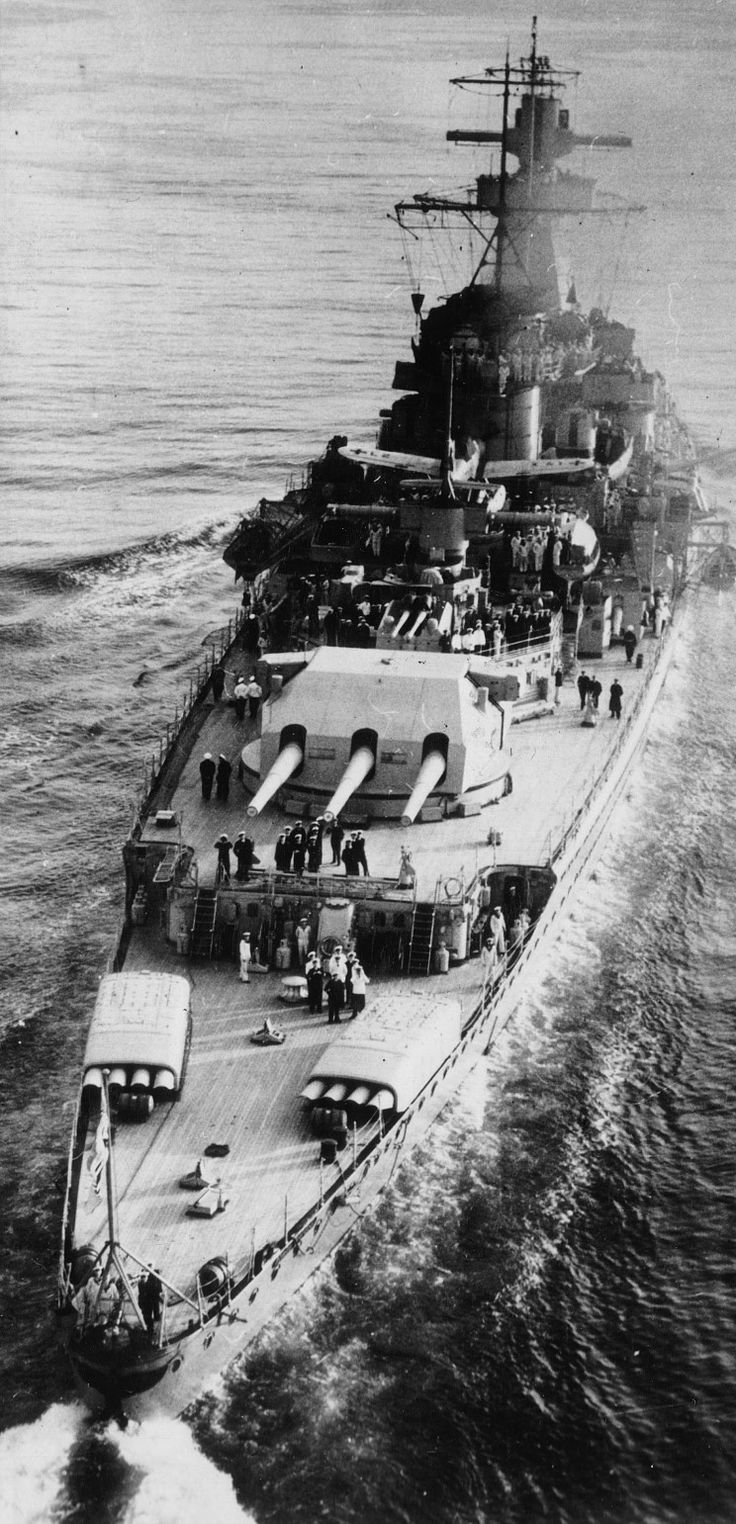
Legacy
The sinking of the Admiral Graf Spee became a symbol of both German naval prowess and the tragic consequences of war. While it was a tactical victory for the Allies, it also highlighted the tenacity of the German Kriegsmarine. The wreck of the Admiral Graf Spee remains a powerful reminder of the naval strategies, innovations, and human cost of World War II. Even today, its legacy continues to captivate historians and naval enthusiasts alike.
